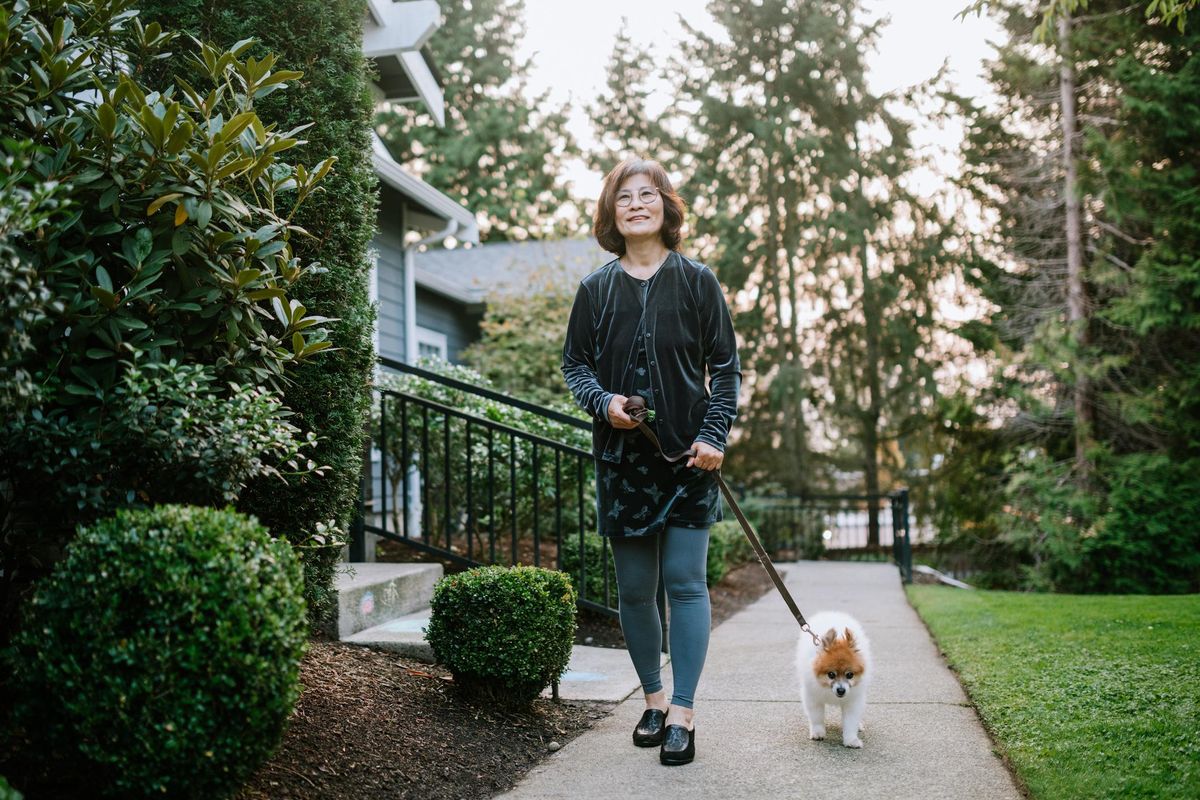
The Surprising Key to Coping With the Chronic Pain of Rheumatoid Arthritis
Sep 26, 2011
Nov 24, 2021
Fibromyalgia
Learn about our editorial policies

This article has been archived. We will no longer be updating it. For our most up-to-date information, please visit our Rheumatoid Arthritis information here.
Everyone experiences pain now and then—whether it is from lifting a heavy object, returning a tennis shot with too much enthusiasm, or taking a spill on the pavement. This pain will often diminish with time and some minor first aid.
However, if you are among the estimated 1.3 million Americans living with rheumatoid arthritis (RA), you know pain does not always diminish. RA is an autoimmune disease that causes the body to attack healthy membranes surrounding the joints. Unlike short-lived acute pain, chronic pain from RA persists throughout a person's life and does not go away over time. People living with RA will have good days and bad days with their symptoms. Whether it is pain, stiffness or fatigue, the joints are almost always affected. It is important for people experiencing RA symptoms to get diagnosed and get active RA under control as early as possible. By working with your rheumatologist, you can find a medication that works for you to help control symptoms. In addition to taking medication, taking a whole body approach to living with RA through reducing stress, staying active and other healthy habits can help reduce the signs and symptoms of RA.
Some days it hurts too much to walk, lift objects, turn your head or even bend your body. But, as odd as it may seem, it actually helps to get off the sofa (or out of bed) and increase your physical activity.
How can moving more contribute to less ongoing pain from RA?
Regular exercise can help to control and even reduce RA symptoms because it helps keep bones, cartilage tissue and muscles around joints loose. Additionally, it is important to strengthen the muscles that surround and support joints. Regular exercise is also associated with additional health benefits like lowered blood pressure, reduced risk of heart disease, weight management, sleep improvement and mood elevation, just to name a few.
Staying active can help improve physical function, allowing those with RA to do more for themselves and improve quality of life.
Customizing a fitness program to your individual needs is also important. For example, if you experience RA in the joints of your hands, you may find certain hand exercises helpful. Or if RA affects your knees, hamstring and glute stretches may be beneficial. Finding a program or activity that you enjoy will help you maintain regular workouts.
Getting started
If you're suffering from the symptoms associated with RA, talk to your rheumatologist about starting an exercise routine. If your doctor agrees, try beginning with just a few minutes of exercise at a time and gradually increase that time each week. That "snail's pace" can pay off by helping to avoid initial discouragement that often comes with doing too much, too fast.
One activity that might help reduce RA symptoms is water aerobics, also called aqua therapy. Exercising in the water reduces the amount of force traveling through your joints, allows muscles to move in many directions and increases blood flow to the heart, providing additional cardiac benefits.
Relaxation training, such as yoga and meditation, can also help you learn to relax your muscles, making them better prepared for movement.
Other exercise ideas: Walking, daily gentle stretching for range-of-motion and flexibility, tai chi and cycling. If joints in the lower body are especially painful, try rowing, elliptical machines or swimming.
For more on coping with the ongoing pain of rheumatoid arthritis,
click here.